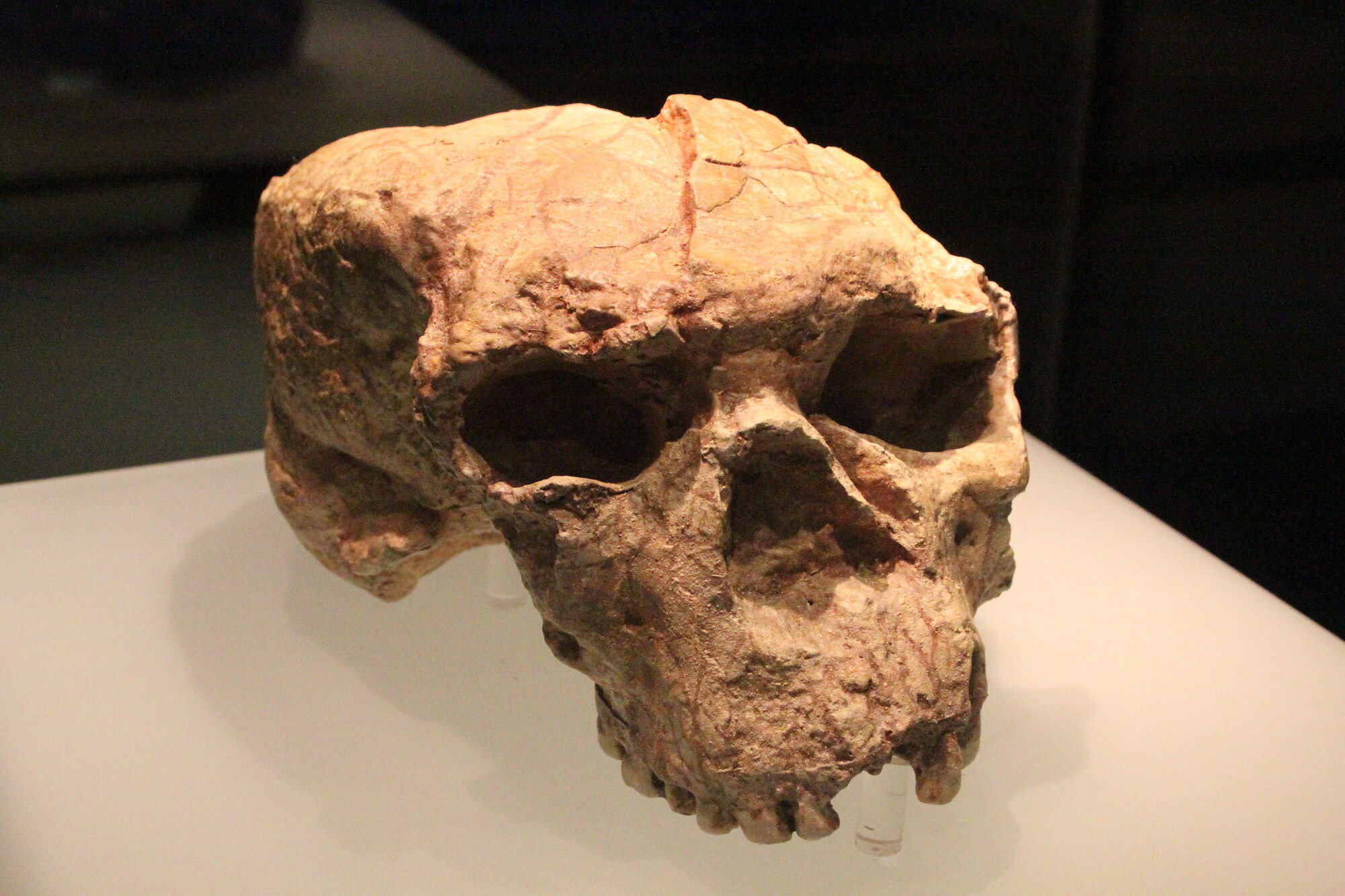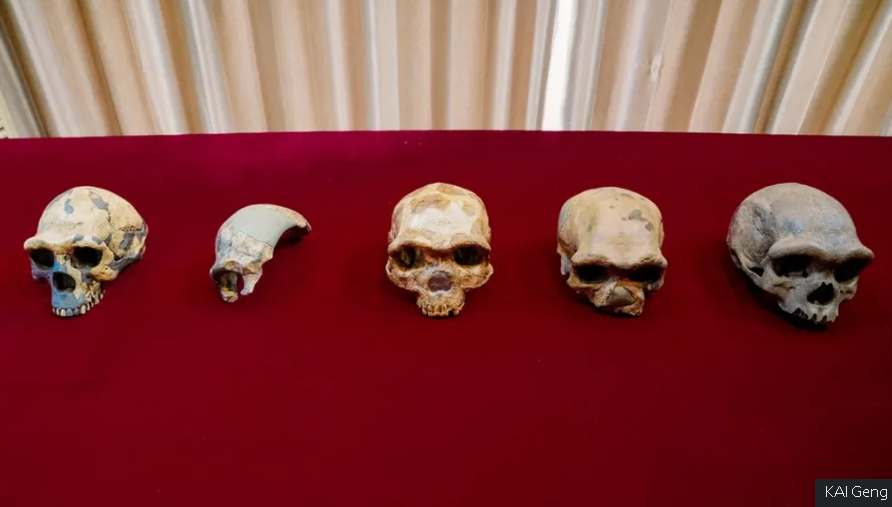News
The skull found in China may belong to the "Dragon Man" who lived a million years ago. Photo
In 1989 and 1990, a pair of 1 million-year-old skulls belonging to an unknown human species were unearthed in the Yunyang region of Hubei Province, Central China. Researchers named them "Yunxian Man". A third similar skull was found nearby in 2022, but the mystery did not become any less vague.
Were the owners of these skulls Homo erectus or early Homo sapiens? Could they even be related to the elusive Asian "dragon man" lineage? Scientists have reconstructed one of the skulls and made a statement that this individual may be close to the last common ancestor of Homo sapiens and the Dragon Man lineage, IflScience writes.
Dragon man, scientifically known as Homo longi, is an extinct species of archaic human known from a 146,000-year-old skull found in China's Heilongjiang province, which means Black Dragon River. Some speculate that the dragon man is the same species as Denisovans - an elusive extinct human "sister species" that once lived with Homo sapiens in Eurasia - although its exact place in the Homo family tree is unknown.
The skull found is huge compared to the average skull of other human species. Its brain is comparable in size to that of our species. Dragon Man had large, almost square eye sockets, thick brow bones, a wide mouth and large teeth. Professor Qiang Ji of Gebei University GEO says it is one of the most complete fossils of an early human skull ever discovered, the BBC reports.
"It has a mosaic combination of primitive and more modern features that distinguishes it from all other human species," the researcher explained.
Scientists believe that Dragon Man was powerful and strong. But little is known about how he lived because his skull was removed from the site where it was found. This means that there is currently no archaeological context, such as stone tools or other cultural elements.
"It is reasonable to conclude that Yunxian is morphologically and chronologically close to the last common ancestor of H. sapiens and Dragon Man," the authors of the study explain.
Only verified information is available on the OBOZ.UA Telegram channel and Viber. Do not fall for fakes!
































